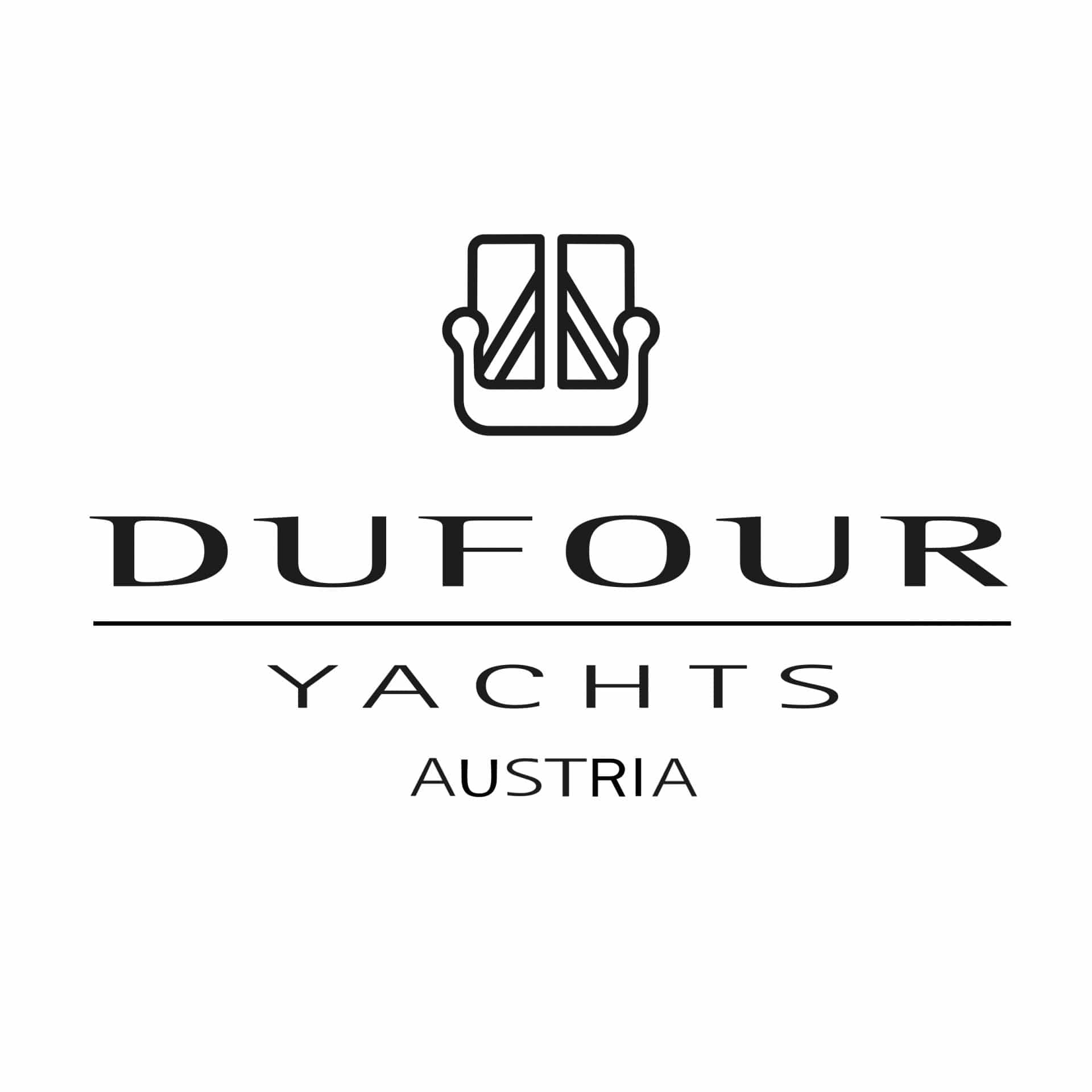History of Rijeka: a journey through the centuries

Early history and antiquity
The history of Rijeka begins in prehistoric times, when Illyrian tribes colonised the area. Archaeological finds prove that the region was already inhabited in the Neolithic period. In the 1st century BC, the Romans conquered the region and founded the settlement of Tarsatica, which was located on the site of modern-day Rijeka. This settlement was an important base on the Roman trade route Via Flavia.
Medieval times
Rijeka underwent several changes of rule in the Middle Ages. In the 7th century, the Croats settled in the region. From the 9th century onwards, Rijeka came under the control of various noble families and regional powers, including the Franks and later the Duchy of Carantania. In 1466, Rijeka came under Habsburg rule, which marked a significant turning point in the city’s history.
Habsburg rule and rise as a harbour city
Under Habsburg rule, Rijeka developed into an important harbour town. Its strategic location on the Adriatic coast and its proximity to Central Europe made Rijeka an important trading centre. In the 18th century, extensive infrastructure projects were carried out, including the construction of new harbour facilities and the expansion of the road network.
In the 19th century, Rijeka experienced an economic boom as the city became an important industrial centre. The opening of the railway line to Vienna in 1873 further boosted trade and industrial development. The population grew rapidly and Rijeka became a multicultural city where Croats, Italians, Hungarians and other ethnic groups lived together.
20th century: Wars and political changes
The 20th century brought great changes and challenges for Rijeka. After the First World War, the city became the centre of a political dispute between Italy and the Kingdom of Serbs, Croats and Slovenes (later Yugoslavia). In 1920 Rijeka was declared a free city, but only four years later it was annexed by Italy.
Rijeka was badly damaged during the Second World War. After the war, the city became part of Yugoslavia and experienced a phase of reconstruction and industrialisation. In the 1990s, after the break-up of Yugoslavia, Rijeka became part of independent Croatia.
Present
Today, Rijeka is a lively and modern city that preserves its rich history while looking to the future. The city is known for its cultural diversity, its historical sights and its role as an important harbour and industrial location. In 2020, Rijeka was named European Capital of Culture, further emphasising the city’s cultural and historical significance.
Our summary
The history of Rijeka is a fascinating journey through time, characterised by numerous influences and historical turning points. From the ancient Romans to the Habsburgs to modern times, Rijeka has proven its resilience and adaptability time and time again. Today, the city stands as a symbol of Croatia’s cultural and historical diversity and is a popular destination for history buffs and travellers from all over the world.
















